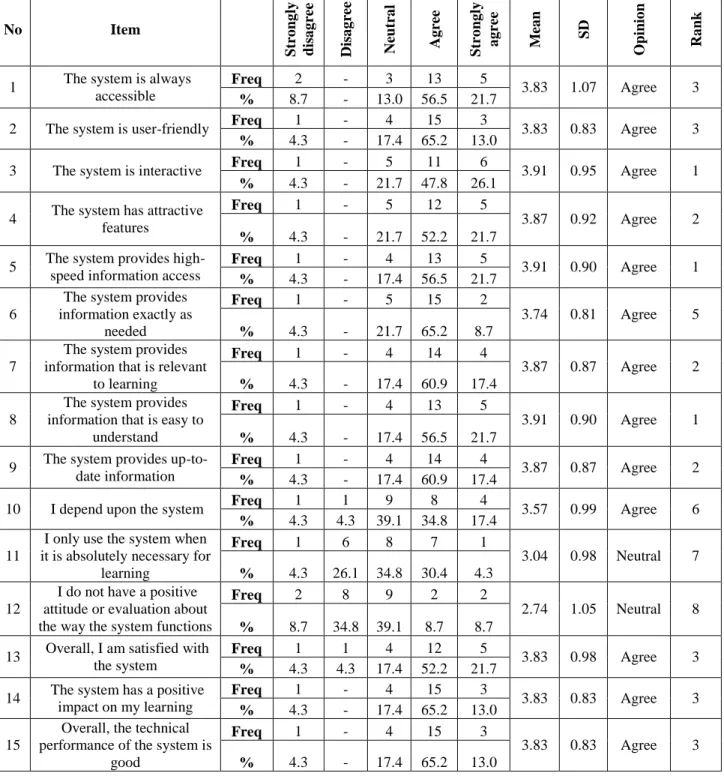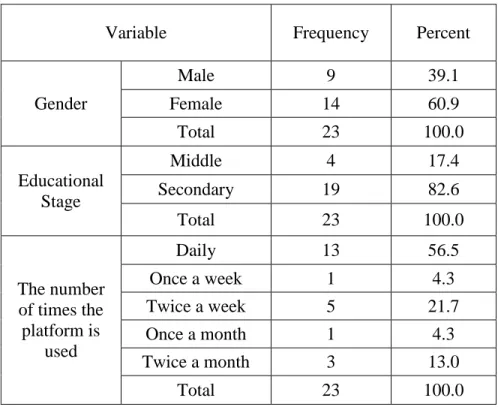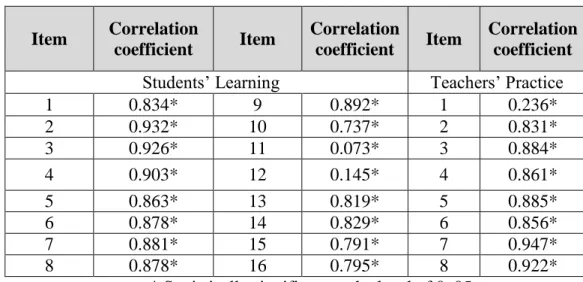The author, whose copyright is stated on the title page of the work, has granted the British University in Dubai the right to loan his/her research work to users of its library and to make partial copies or for educational and research use only. The author has also granted permission to the University to retain or make a digital copy for similar use and for the purpose of digitally preserving the work.
INTRODUCTION
- Aim and Objectives
- Research Questions
- Rationale of the Study
- Structure of Thesis
The research will also analyze and explore the various applications of AI in the education sector. It is worth investigating the impact of these platforms on the teaching and learning environment in the given context.
LITERATURE REVIEW
Overview of the Chapter
Artificial Intelligence in Education: a theoretical view
A group of researchers, including two co-chairs of the Ethical AI (Ethical Artificial Intelligence) team at Google itself, published a research paper claiming that these models contain harmful ideas, biases and misleading information (Panconesi & Guida, 2021). A technological-ethical audit seems necessary to solve the problem of the growing role of Google in education.
Collaborative Teaching and AI
However, larger questions remain about the impact of private technology companies on state and public education systems and the potential of new AI platforms to change school practices and priorities (Barlow & Lane, 2007). The involvement of private companies in education is nothing new, but the international scope of Big Tech's influence and the technological and ethical implications of emerging platforms, AI and data systems in schools require great attention.
Teachers and AI
The product can be taken care of according to the data created by the students and thus produce the best mixes of students for the start of a movement. However, when instructors use the product as an initial review in the evaluation and then capture your concrete input to address the regions for development characterized by the product, paper review becomes a significantly less tedious and labor-intensive cycle.
The Importance of Using Virtual Learning Environments and their Tools
The described perspectives regarding the assessment of VLE make sense when its use is established in the educational context. These obstacles will be reported throughout this research through the studies read and used. It is believed that there is a need to develop skills in the use of these new. With the implementation of distance learning in times of the Coronavirus pandemic, new rules were demanded by society with the use of digital technologies that generate changes in the lives of its users.
As far as primary education is concerned, the debate on policies for the use of digital technologies in the school environment therefore needs a culture of prudent, productive and full use, drawing from this environment what is best to offer society. In this context, this research focuses on a statistical analysis study based on 30 presented articles from the analysis of journals with Qualis A strata in the field of Education presenting the use of VLEs in primary education. In these studies, the subjects involved in the implementation of these technological systems try to adapt to the new times so that they can present something more effectively in the educational system.
In the same perspective, Rios et al. 2018) conducted a survey with the Pedagogical Policy Projects of several municipal schools in Santa Catarina and São Paulo to analyze teaching and learning practices directed towards the use of ICT.
Intelligent Tutor System (ITS)
While this content is delivered to the learner - as text, sound, action, video or movement - the learner's ongoing participation can provide criticism (eg advice and direction) that helps them progress through the material they are learning (Tlili et al. ., 2021). This can help teachers understand the way students engage with learning and allow them to similarly shape future opportunities for growth (LUCKIN et al., 2016). This means that frameworks can mandate the full range of elements that influence student learning (Saadati et al., 2021).
Nowadays, ITS is increasingly present and plays a role of assistance in the teaching and learning process of many students who have access to a modern and up-to-date education policy (usually private schools). Another major advantage is that an ITS does not sleep, does not take a vacation, and can be accessed from any device that has internet available (Chounta et al., 2021). According to Mononen et al. 2021), schooling must be distinguished from learning: although schooling takes place in structured learning environments with a fixed time and place, learning takes place on an ongoing basis, regardless of time and place.
In short, the entire education policy will be able to enjoy the benefits that AI can bring (Maghsudi et al., 2021).
Algorithms and Advantages of AI educational devices
Not only do students take advantage of this technology, but teachers can also use this resource to get information about their students and intervene if needed. Faced with the many possibilities of helping the student's teaching and learning process and the ability to improve and increase the classes of teachers, the use of this technology must only complement the educational system as a whole (Hamal, Faddouli & Harouni, 2021) . Learning platforms using artificial intelligence offer personalized support for teachers depending on teaching experience and soft skills.
Artificial intelligence-based applications can analyze large amounts of information, providing users with more personalized educational materials. The various applications allow to automate the distribution of didactic load to teachers and the tracking of schedules, goals and critical points in the educational ecosystem. According to data collected in the AI Readiness Index 2019 report, made by Oxford Insights, by 2030 the implementation of Artificial Intelligence technology will exceed 15 billion dollars worldwide.
Artificial intelligence is inserted into a wide variety of fields, making machines intelligent, with the characteristics of inference, perception, adaptation and the ability to evolve according to the information they receive, facilitating the operation and efficient management of processes and contributing to the development of a more connected society. with unlimited possibilities.
Summary
It is found from a review of current literature that AI has the potential to close the gaps in an online learning environment; however, certain challenges that arise in the process must be addressed. The chapter suggests that not only students will benefit, but also teachers' educational agents. In short, the entire education policy will be able to enjoy the benefits that AI can bring if the obstacles and challenges are addressed.
Overview of the Chapter
Research Approach
Data Collection Plan
Instrument
The respondents who teach high school represent about 82.6%, while 17.4% of the respondents teach high school. The validity of internal consistency refers to the degree of consistency of each item of the questionnaire in the field to which the item belongs. The researcher calculated the internal consistency of the questionnaire by calculating the correlation coefficients between each item of the questionnaire's domains and the total grade of the domain itself, as illustrated in the following tables.
Construct validity is one of the validity scales that measures the extent of achievement of the objectives that the tool aims to achieve and which further emphasizes the extent of correlation of each study topic with the overall level of the tool's items. From the results shown in Table 3.4, it can be seen that the validity value for all items of the tool was (0.983) for the sample (n=23), which means that the tool has a high level of validity and reliability. Thus, the researcher checked the validity and reliability of the study tool and found it to be completely reliable and ensured credibility and relevance in analyzing the results and answering the study questions.
The results shown above show that the reliability of the tool is good, reaching (0.967) for the sample (n=23), which shows the reliability and relevance of the field application tool.

Data Analysis Plan
Delimitation
Trustworthiness
RESULTS, ANALYSIS AND DISCUSSION
- Overview of the Chapter
- Summary of the Quantitative Results
- The first question: “How is Artificial Intelligence applied and effective in the
- The second question: “what is the Impact of AI-Powered Digital Educational
- Summary of the Qualitative Results
- Key Findings
Table (4.1) showed that artificial intelligence is highly used in the education sector for teaching with a mean score of 3.71 and a standard deviation of 0.71. 6) "The system provides exactly as much information as needed" is ranked fifth among the items with a mean of 3.74 and a standard deviation of 0.81. 10) "I depend on the system" ranks sixth among items with a mean score of 3.57 and a standard deviation of 0.99.
Table (4.2) revealed that the artificial intelligence is highly applied in the education sector for learning with a mean of 3.56 and a standard deviation of 0.75. 5) "The AI-powered educational platform is user-friendly" has the second order among the items with a mean of 3.70 and a standard deviation of 0.97. 8) “Using an AI-powered educational platform improves my work performance”. has the third order among the items with a mean of 3.65 and a standard deviation of 0.93.
1) "AI-powered educational platform has bugs in the program that you need to work around" has the sixth order among the items with a mean of 3.00 and a standard deviation of 0.80.

CONCLUSIONS AND RECOMMENDATIONS
- Overview of the Chapter
- Summary of the Study
- Limitations
- Recommendations
In general, AI has had a major impact on education, particularly on administration, teaching and learning areas of the education sector or within the context of individual learning institutions. Investigating teachers' perceptions of Artificial Intelligence as a tool to support their practice in Estonian K-12 education. Application and Exploration of Artificial Intelligence and Edge Computing in Distance Education on Mobile Network.
A New Normal of Lifelong Education according to the Artificial Intelligence and EduTech industry trends and the spread of the unbranched trend. Using Emerging Technologies to Address the Challenges of Using Open Educational Resources: A Vision of the Future. Possibilities for formal and informal learning in the digital age: what do digital native youth think.
Innovations in teaching and learning: Exploring education sector perceptions of the fourth industrial revolution (4IR).







